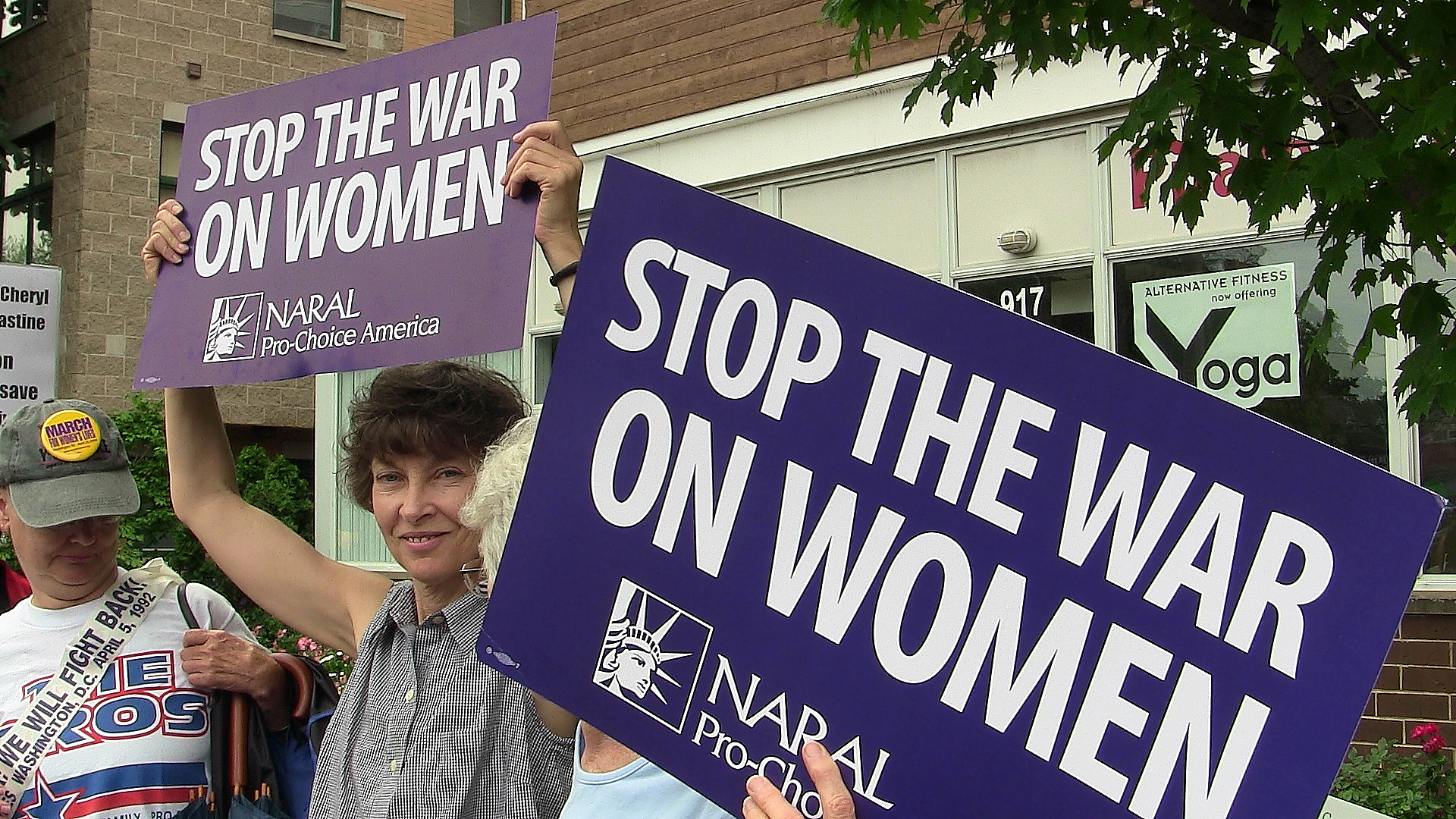Hello, readers! I hadn’t expected to write about abortion this week, but after the Supreme Court dismissed Cline v. Oklahoma Coalition for Reproductive Justice, I felt that I should probably step in and do some explaining. The case was originally granted certiorari, but in a per curiam opinion delivered on Monday, the Court said that the case was “improvidently granted.” This means that, although the Court granted certiorari back in June, it “had put its procedures on hold until after it had received the [Oklahoma] state court’s answers on the state law that regulates doctors’ use of the drug RU-486 to terminate a pregnancy or to treat an ectopic pregnancy” (from SCOTUSblog). The Oklahoma Supreme Court recently put forth its ruling—on October 29, in fact—and now, after the Nine reviewed Oklahoma’s ruling at their November 4 conference, Cline v. Oklahoma Coalition for Reproductive Justice will no longer be argued in front of the Supreme Court. Thus, the ruling from the Oklahoma Supreme Court stands.

The issue at the heart of Cline v. Oklahoma Coalition for Reproductive Justice was not whether abortions are legal in the state of Oklahoma, but instead whether the use of abortion-inducing drugs was constitutional. As Oyez explains, “In 2011, the Oklahoma state legislature passed a bill that restricts the use of abortion-inducing drugs to the uses described on their Federal Drug Administration (FDA) labels. The law criminalizes the use of these drugs in alternative combinations, known as ‘off-label uses,’ that have been found to produce safer, less costly abortions.” The Oklahoma Center for Reproductive Justice and other groups sued Oklahoma, claiming that the law was unconstitutional, and both a district court and the Oklahoma Supreme Court “held that the state law conflicted with Supreme Court rulings that protected a woman’s right to seek an abortion.”
The case that the Oklahoma Supreme Court was referring to was Planned Parenthood v. Casey, a 1992 case in which the court created “a new standard to determine the validity of laws restricting abortions” (from Oyez). This new standard was called the “undue burden” test, and was defined in the 5-4 majority opinion (penned jointly by Justices O’Connor, Kennedy, and Souter) as “a substantial obstacle in the path of a woman seeking an abortion before the fetus attains visibility.” Therefore, by the logic of the Oklahoma Supreme Court, the Oklahoma law that restricted the use of abortion-inducing drugs to the methods prescribed on the FDA-approved label was an “undue burden” for women seeking abortions, making it unconstitutional under the precedent set by Planned Parenthood v. Casey.
The Supreme Court’s dismissal of Cline v. Oklahoma Coalition for Reproductive Justice is significant for two reasons. First, in declining to hear the case, the Supreme Court has let the ruling of the Oklahoma Supreme Court stand (as I said above). This means that, as of today, the use of the abortion-inducing drug in ways not prescribed on the FDA-approved labels is once again legal. Second, by dismissing Cline v. Oklahoma Coalition for Reproductive Justice, the Court has potentially given itself the opportunity to address a new abortion case, Planned Parenthood of Greater Texas Surgical Health Services v. Abbott. As SCOTUSblog’s Lyle Denniston explains, “A group of women’s health clinics and doctors in Texas asked that the Court block at least temporarily a new Texas law that forbids doctors to perform abortions at a clinic unless those physicians have professional privileges at a hospital within thirty miles of a site.”
Despite the expedited request for the Supreme Court to block the Texas law, “the Fifth Circuit Court on Thursday [October 31] allowed that requirement to go into effect, resulting in closing a number of abortion clinics across the state” (from SCOTUSblog). Justice Scalia is the “Circuit Justice for the geographic area that includes Texas,” which means that he “has the authority to decide the issue himself, or share it with his colleagues,” and in order to make a more informed decision on this issue, he has “asked for the state to respond by 4 p.m. on Tuesday, November 12.” Once Texas responds to Planned Parenthood of Greater Texas Surgical Health Services v. Abbott, the Supreme Court—either through Justice Scalia singlehandedly or through a decision made by all nine justices—can either grant certiorari for this case or dismiss it, as was the case in Cline v. Oklahoma Coalition for Reproductive Justice.
I’ll keep my eyes peeled for further developments in both the Oklahoma situation and the new developments with Planned Parenthood of Greater Texas Surgical Health Services v. Abbot. For further information about past abortion precedent at the Supreme Court, read my article from earlier this semester! For more information about both the Texas and Oklahoma cases, check out SCOTUSblog coverage here and here. Read NYTimes coverage on the Texas case here, here, and here. If you do your best to stay informed, I’ll do my best to provide you with explanation and analysis of these cases. Check back next week for an update on Town of Greece v. Galloway, and enjoy the upcoming two weeks of oral arguments at the Supreme Court!
